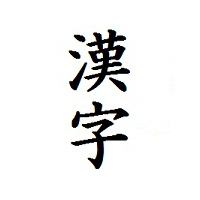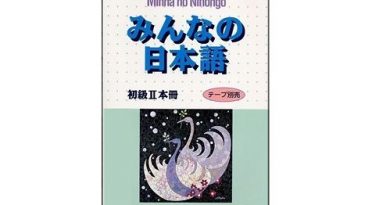What are Onyomi and kunyomi
What are Onyomi and kunyomi in Japanese. In the process of learning Japanese, we can see with each particular Kanji character, there are always two ways of reading it in onyomi and kunyomi.
This is a very basic concept in Japanese. However, some might still be confused. That’s why Learn Japanese daily would like to introduce you to onyomi and kunyomi in Japanese in this article.
Speaking of origin, Kanji are originally derived from Chinese due to Japan trade relation with Korea. In the middle of adopting Chinese characters, there were two types of situation that arose:
1: Brand new words that had no equivalents in Japanese.
2: Words that have already existed in Japanese, needed an equivalent in Chinese.
That is the reason why there are onyomi and kunyomi readings in Japanese.
onyomi-readings: Chinese reading (音読み: sound reading)
Refer to the Chinese reading of the kanji, they are close approximations of the original Chinese pronunciation.
For example:
chyukoku means China, this is the approximation of the word in Kanji is chyu koku, the original word in Chinese is zhongguo.
kunyomi: Japanese reading of Chinese words (訓読み)
Kunyomi is the Japanese reading of kanji. The Japanese associate the Chinese word with a close equivalent one in Japanese (meaning, not pronunciation like in the case of onyomi-readings).
For example:
国 in Chinese (guo) means country but since in Japanese there is kuni means country too. The word is then written as 国 but still pronounced kuni.
Above are the principle things about onyomi and kunyomi in Japanese, Learn Japanese daily wishes you all the luck on your journey of learning Japanese!
Check out more similar articles in Japanese for beginers !


